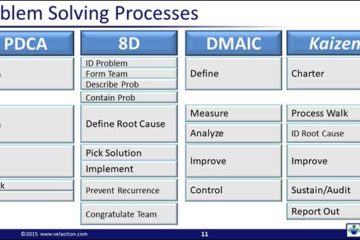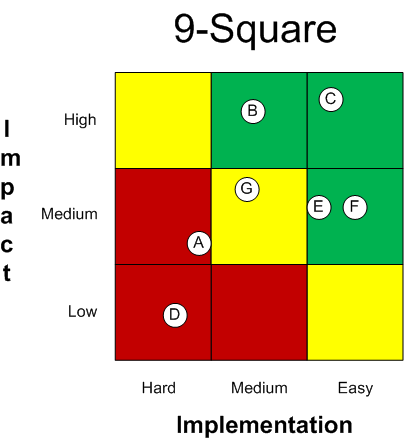Symptoms
In the medical world, a symptom is just the visible evidence of a disease or injury. For example, swollen painful joints may be a symptom of arthritis, or nausea might be a symptom of food poisoning. In continuous improvement, symptoms are similar. They are the “tells” that let you know Read more…




